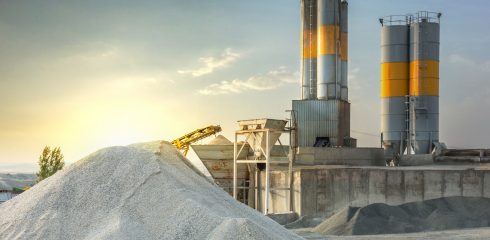
I have spent my entire professional career – now approaching 43 years – at Jenike & Johanson. Working with clients to solve or prevent problems involving the storage, flow and processing of bulk solids has been both challenging and professionally rewarding.
One topic that has been of particular interest to me over the years is understanding the loads applied to the walls of silos and the ability of silos to resist those loads. Unfortunately, solids-induced loads are not easily determined or understood. As a result, silos fail with a frequency that is much higher than almost any other industrial structure.
Perhaps the first attempt to calculate pressures on silo walls was published in 1895 by the German engineer Janssen. Starting about 50 years ago, various groups around the world have made attempts to codify material-induced silo wall pressures, and that process continues today.
The most modern and complete silo design code in use today was adopted by the European Committee for Standardization (CEN) in 2005. The formal designation for the English version of this code is British Standard BS EN 1991-4:2006 “Eurocode 1 – Actions on structures – Part 4: Silos and Tanks”. Other codes in common use include ACI 313-97 “Standard practice for design and construction of concrete silos and stacking tubes for storing granular materials” and ANSI/ASAE EP433 “Loads exerted by free-flowing grain on bins”.
All codes have limits of application, but most engineers are unaware of how many common silo design conditions are not covered by any code. For example, no code provides a method to calculate hopper wall pressures for a conical hopper in which the cone angle changes from top to bottom. Also, no code provides calculations for loads acting on silo internals, such as so-called Chinese hat inserts or cross beams.
I am in the process of writing a technical paper describing these limitations in detail. If you’d like a copy when it’s finished, please let me know.




